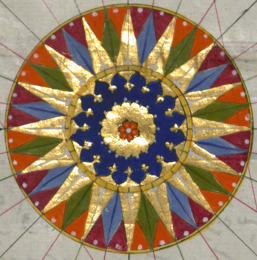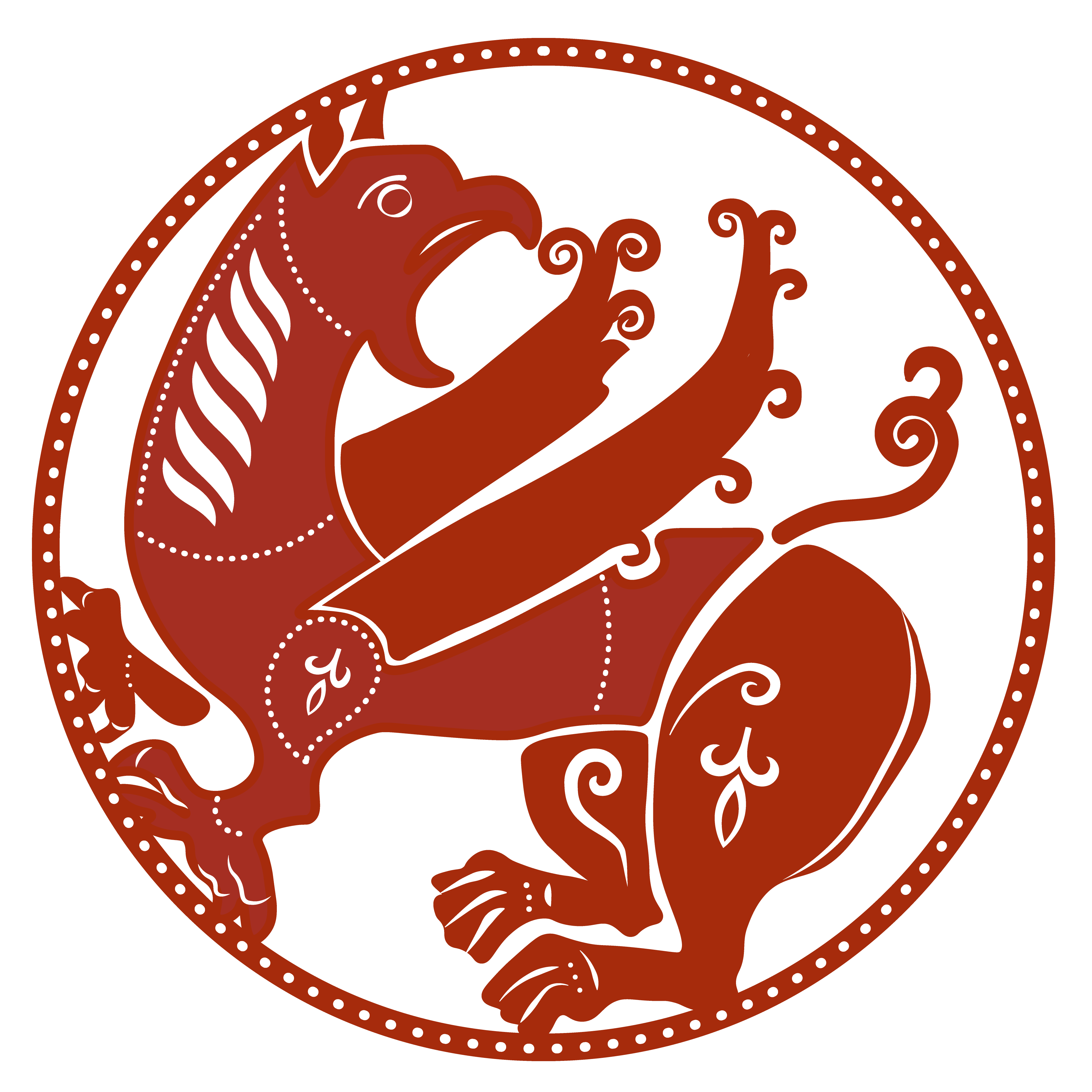Taking a global approach

Moving beyond the nation
Study of the Middle Ages began as a way to shore up national identities.
Intellectual communities in nineteenth-century Europe looked to the medieval period as the origins of their modern identities, which they rooted in language, “national” epics, histories, and monuments. At the same time, they defined contemporary non-European cultures as either medieval or primitive, justifying colonialist projects abroad. In recent decades, the nationalist paradigm of the Middle Ages has come under scrutiny for its Eurocentrism.
By emphasizing the interrelations and connections among different geographic regions and political communities, a global approach to the Middle Ages moves beyond the nation. It encourages us to focus on numerous competing centers, uncover the linkages among cultures, and consider how the mobility of people, objects, and ideas moved along paths of exchange. In many ways, it better prepares us to understand the world we live in today.

Seeking parity
Global approaches encourage us to study communities omitted from traditional accounts of the period.
In centuries past, the quest to define national identities led historians to overlook accounts of political and religious communities who did not attain global political influence in the modern era. This might include religious minorities, like the Coptic Christians who lived in the Islamic Caliphate; the enslaved; pagans in Europe; or much of Africa (mistakenly believed to lack a premodern history altogether).
Since a global approach emphasizes the horizontal (i.e. non-hierarchical) ties among different communities, it encourages us to expand the boundaries of the medieval world and treat each community with parity. In this way, a global approach prompts us to write a richer history of the past, which illuminates–rather than obscures–the remarkable diversities both within and across communities.

Looking across periods
Global approaches also prompt us to look across traditional periods.
Once we recognize that the Middle Ages was constructed in the nineteenth century to draw a sharp line between “modern” and “premodern” countries, we can investigated a longer span of time. Some scholars who take this approach note the continuation of medieval practices and ideas well into the early modern era.
Others have come to realize that many developments attributed to early modern Europe began earlier–sometimes in the Global South or further East.
